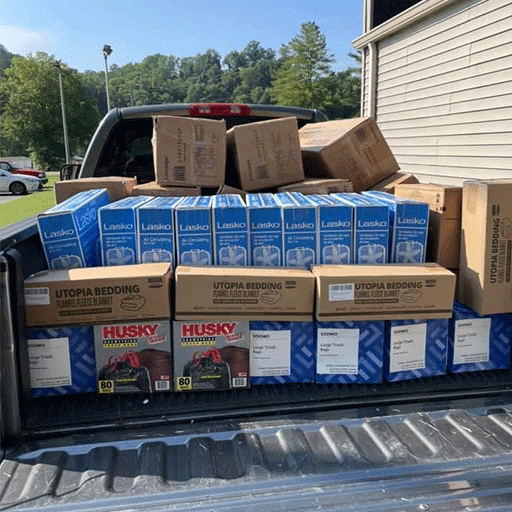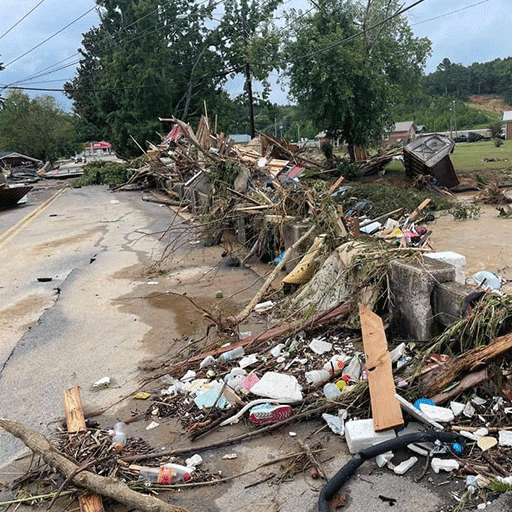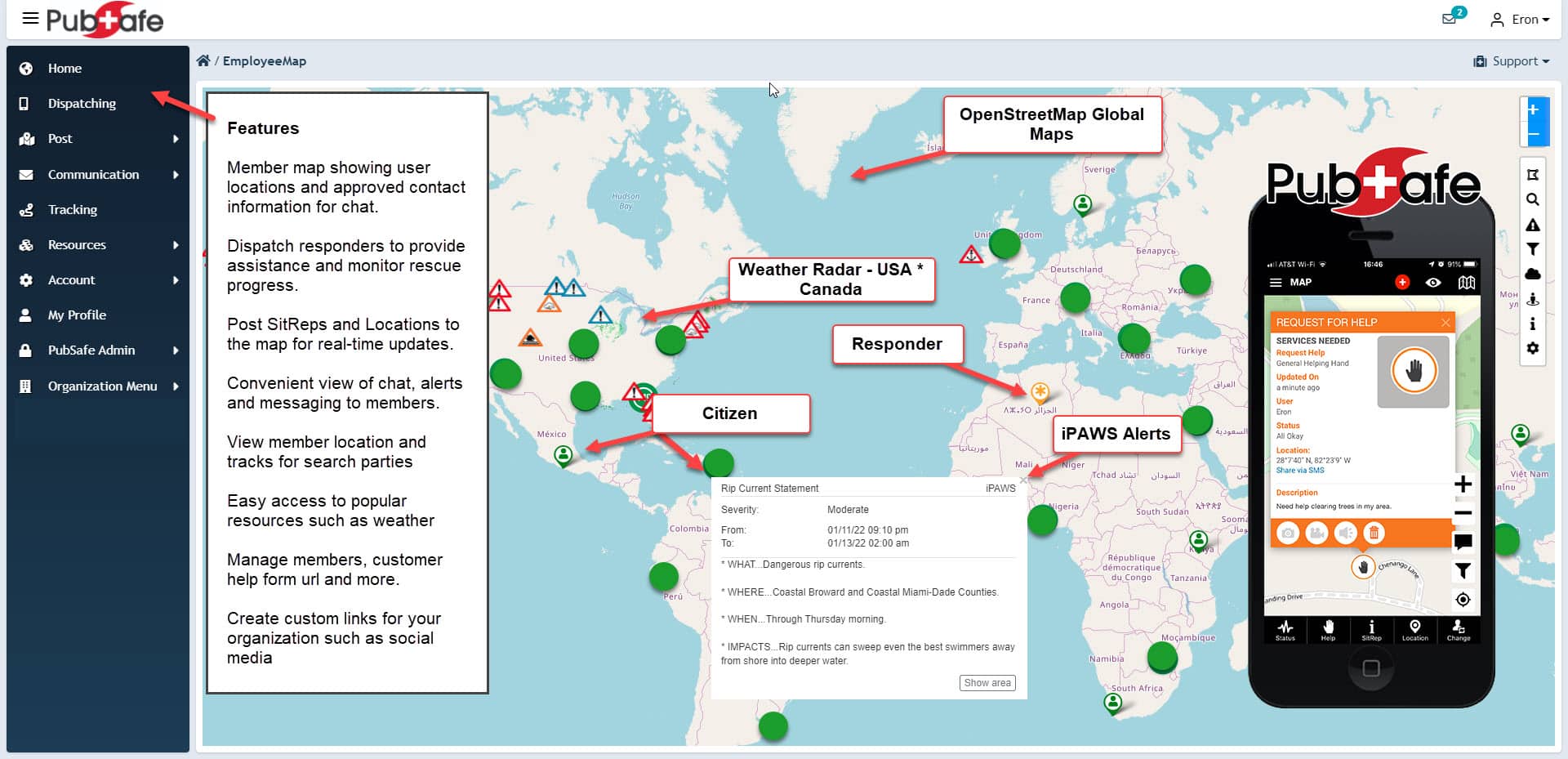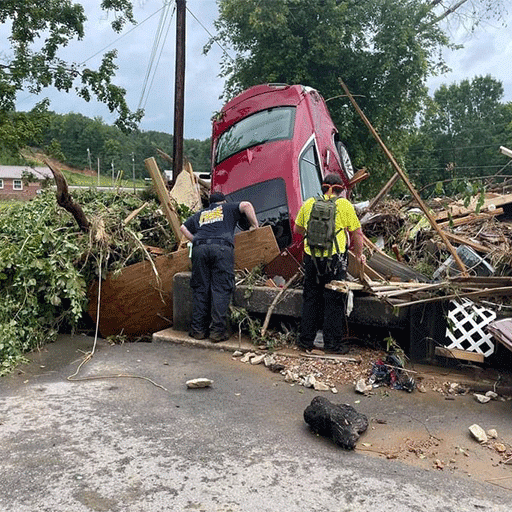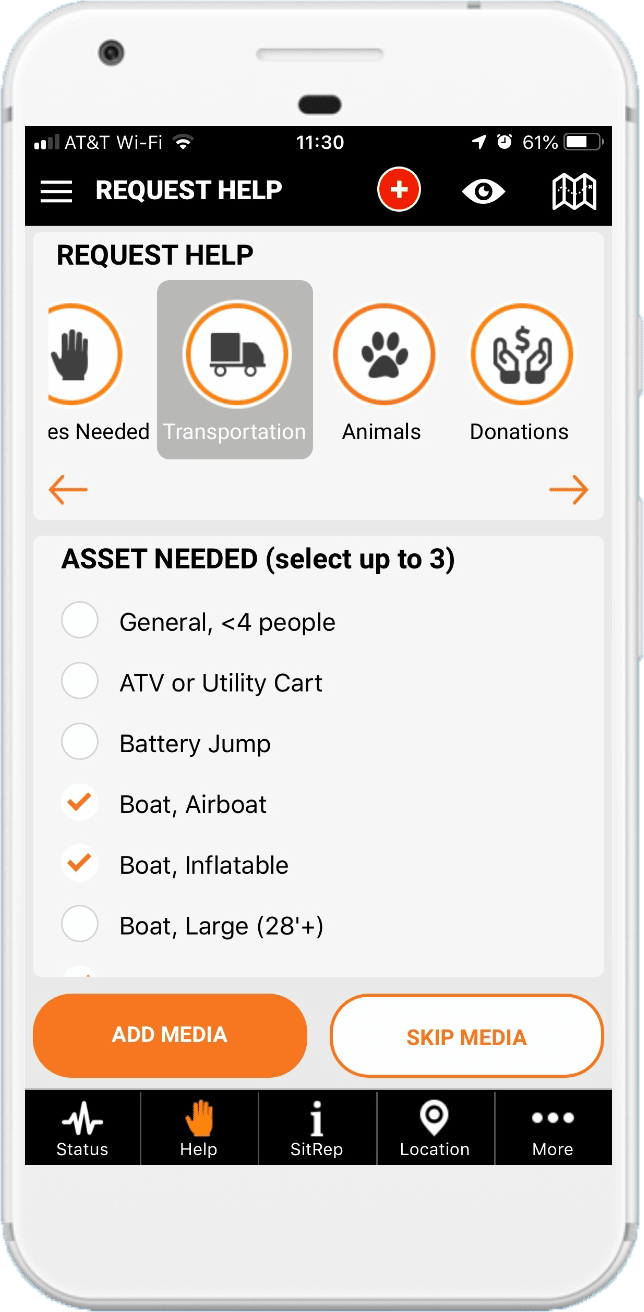Top Challenges in Disaster Reponse
Logistics and Communication are Key
There are many challenges when responding to a natural disaster or man-made disaster. Scope, urgency, location, and type of disaster dictate the response effort. Regardless of the nature of the disaster, two things remain common, communication and logistics. These are also key components of warfare. In battle, the side that can shoot, move, and communicate faster often wins. In disaster response, reacting, rapidly moving men and equipment, and efficient communication, leads to lives saved verse, enemy attrition.
As with all emergency management operations, planning and training are vital to an efficient, coordinate response at scale and speed. Over the last 10 years the sophistication of disaster response has improved and more tools are available to NGOs, FBOs, CERTs, and corporations than ever before. Platforms like PubSafe, enable a more coordinated response but also assist during the planning and training phases.Real-time information like that provided by the free PubSafe mobile app, feed the decision making machine which initiates a response.
Top Disaster Response Challenges
1. Lack of Preparedness
Lack of leadership, funding, volunteers, and knowledge can lead to a lack of preparedness. Many NGOs and FBOs are staffed by older volunteers which are limited in physical ability but have time and wisdom. Involving younger people builds excitement and a wider scope of capabilities. Finding a balance between time, mission, staffing and funding will always be a challenge when conducting disaster response training.
2. Communication Breakdown
There are many forms of communication with a virtually unlimited number of points of failure. Most people think of verbal communication using cellular or satellite communication technology. Other areas of communication include methods for collecting data and sharing data. Data collection might be a visual inspection, satellite images, drones or citizen reports. Reporting may include data maps, work orders, or push notifications to various devices. Communication requires planning and redundancy. Find the right communication technology and methods should be done prior to deployment and provide for redundancy down to a paper courier process like in the trenches of WWII.
3. Resource Allocation
Allocation responses depends on knowing what you have and management. If you do not know you have rescue boats or where they are located, you cannot manage maintenance, training and ultimately deployment. An asset management system (inventory system), is the foundation of resource allocation. GPS tracking is a tool available to track resource allocation once assets are deployed. Seeing vehicles, people, and help requests together enables an incident commander to monitor asset allocation and to reposition assets as the situation changes.
4. Inadequate Infrastructure
Infrastructure can be in several forms. Traditionally, infrastructure is associated with buildings or facilities. Facilities likely include buildings but may also provide land for tracking, water for flood rescue training, and more. Infrastructure also applies to the technology infrastructure. Computers, smart phones, satellite links, file storage, information security, and other technology products and services make up an important part challenges in disaster response. Many NGOs do not have facilities, just a technology infrastructure in a distributed response environment.
5. Coordination Among Agencies
Coordinating among agencies and organizations may be the top challenge in disaster response for a variety of reason. Each organization or “industry” has their own ideas and resources as outline in this article. Bringing them together in a way to make everyone more efficient is a major challenge. PubSafe is first and only platform of sharing real-time information through the web portal in a way that enables organizations to push and pull information for the betterment of the citizens.
6. Vulnerable Populations
There have been multiple examples of disasters impacting vulnerable populations. A famine might decimate an entire agrarian population. In Florida, there was a case where many elderly people died when their facility lost power in a hurricane and the staff was not prepared for the situation. Vulnerable populations require an enormous amount of resources. NGOs and CERTs can augment government responders and play a key role in assisting vulnerable populations. The Cajun Navy Ground Force is an organization dedicated to assisting the elder post disaster and has proven to be very effective.
7. Impact of Climate Change
Climate change, regardless of the reason, seems to increase the intensity of some natural disasters. Tornadoes seem more frequent and severe. Rains seem to bring more water leading to flooding. Droughts seem to be more intense and long-lasting. Fortunately, climate change allows for time to adapt. Building code changes in hurricane prone areas have lead to less damage to structures. Forest management has pivoted from a hands-off policy to thinning and reducing fuel through controlled burns. The current cycle of climate change is not going to go way until mother nature reverses course or the world collectively reduces carbon emissions. As people that respond to disaster, our mission is to be ready now.
Conclusion
We can see there are many obstacles to the top challenges in disaster response. The spirit of the people, innovation, and hard work will always be needed to make the best of any situation. Individual initiative is required when communication fails, instructions are unclear, and cell phones do not work. Training and preparation are key to being comfortable in an uncomfortable environment. Realistic training is key to an effective response today, tomorrow, and decades from now. It is about the people willing to do the job when disaster strikes.

